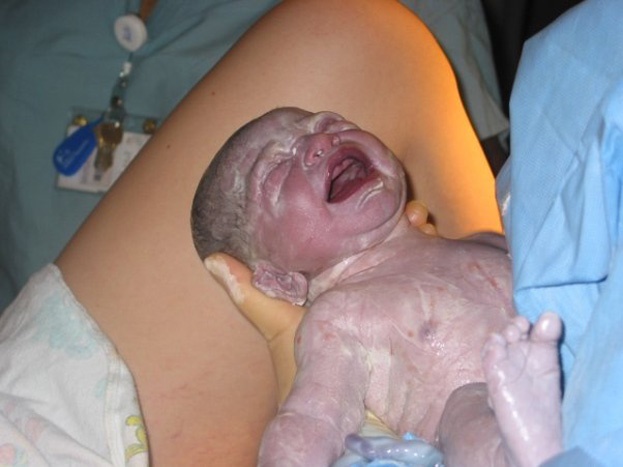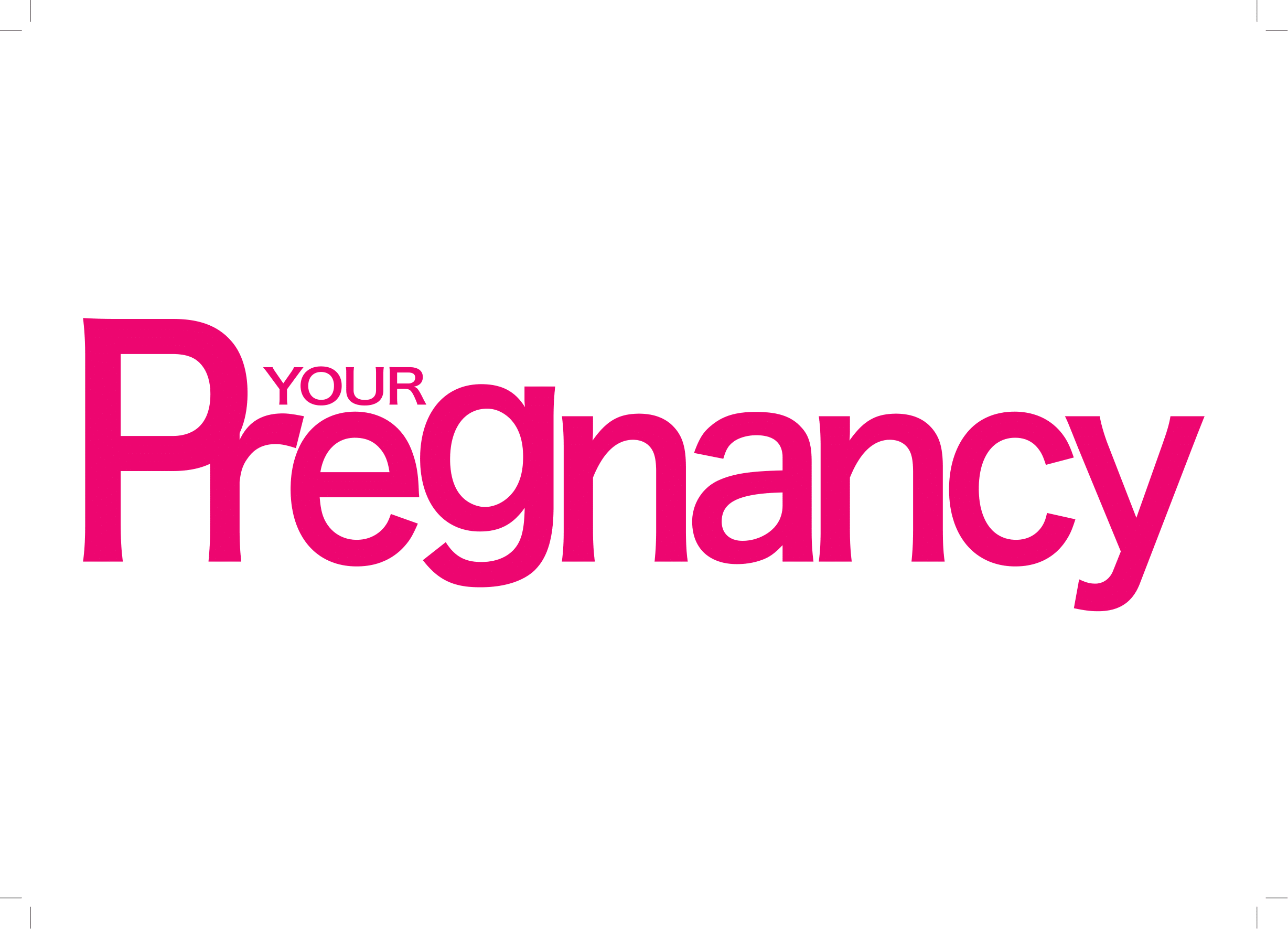
What does the placenta do?
The placenta transfers essential nutrients from your body to the baby and acts as a respiratory organ, passing oxygen from your blood (via the placental membrane) and sending carbon dioxide back to you to be exhaled.
Waste products are sent to your bloodstream for elimination. The placenta contains enzymes necessary for synthesising proteins, supports the function of the foetal tissue and converts steroids to the hormones progesterone and oestrogen.
The placental membrane
The placental membrane acts as a barrier, or filter, against harmful substances, especially in the first trimester.
It is not completely impermeable, however, and many substances and diseases are able to cross the blood-barrier.
Temporary endocrine organ
The placenta acts as a temporary endocrine organ, producing all the hormones necessary for maintaining pregnancy, and preparing your body for labour and breastfeeding. Your baby produces her own hormones to aid the process.
Produces growth factors
The placenta also produces growth factors to stimulate the ovaries, glucose and insulin levels (hence the regular occurrence of diabetes mellitus) as well as stimulating your connective tissues, which affects your immune system’s functions.
The importance of being healthy
The health and effectiveness of the placenta depends largely on your health, nutrition and the contents of your bloodstream, as you and your baby share everything. If the mother lacks nutrients not enough nutrients reach the placenta to pass through the placental membrane, which may lead to low birth weight.
What happens to the placenta after the birth?
Expelling the placenta
In most instances, the placenta separates from the uterine wall soon after your baby is born, within 5 to 30 minutes, and is expelled by you pushing as if delivering your baby. Some women claim to feel nothing, others say delivering the placenta is probably harder than delivering the baby!
Generally, it depends on the type of birth you’ve had, e.g. active labour, water birth or caesarean delivery. Putting your baby to your breast as soon as possible will prompt the release of oxytocin and simulate contractions.
Massaging your uterus along the abdomen wall also helps. Modern medical methods include administering oxytocin immediately after birth, or when the top shoulder is born, following this with “controlled cord traction” to deliver the placenta.
Only in extreme cases, when there is a risk of severe haemorrhaging, is manual delivery of the placenta undertaken.
Post-delivery placental examination
A post-delivery placental examination is important, as it gives a strong indication of the health of you and your baby, as well as determining possible future shortcomings or abnormalities. The doctor or midwife checks the general appearance of the placenta, membranes and the cord, for any irregularities in colour, size and shape.
Blood group incompatibility, diabetes, intra-uterine infections and haemorrhaging are just some of the irregularities which can be identified. Not all placentas are delivered whole or intact, but this is only cause for concern if the membranes are torn or ragged, which may indicate that parts have been left in the uterus.
Retained placental tissue could result in postpartum haemorrhage or sepsis (infections), and should be attended to immediately.
Disposal of the placenta
Many cultures have special rituals attached to the disposal of the placenta, while most Western mothers leave it to the hospital to incinerate. Others, especially many African cultures, prefer burial and planting a special tree creating a sacred spot.
Some cultures believe a child will always return home if her placenta is buried close by, while Sumatrans throw the placenta in the river to instil a roaming instinct! Some cultures believe that mothers benefit from eating the placenta (cooked).
As the word placenta derives from the Latin word for cake (a reference to its size and shape) this may be appropriate though not exactly appetising!




 Publications
Publications
 Partners
Partners














